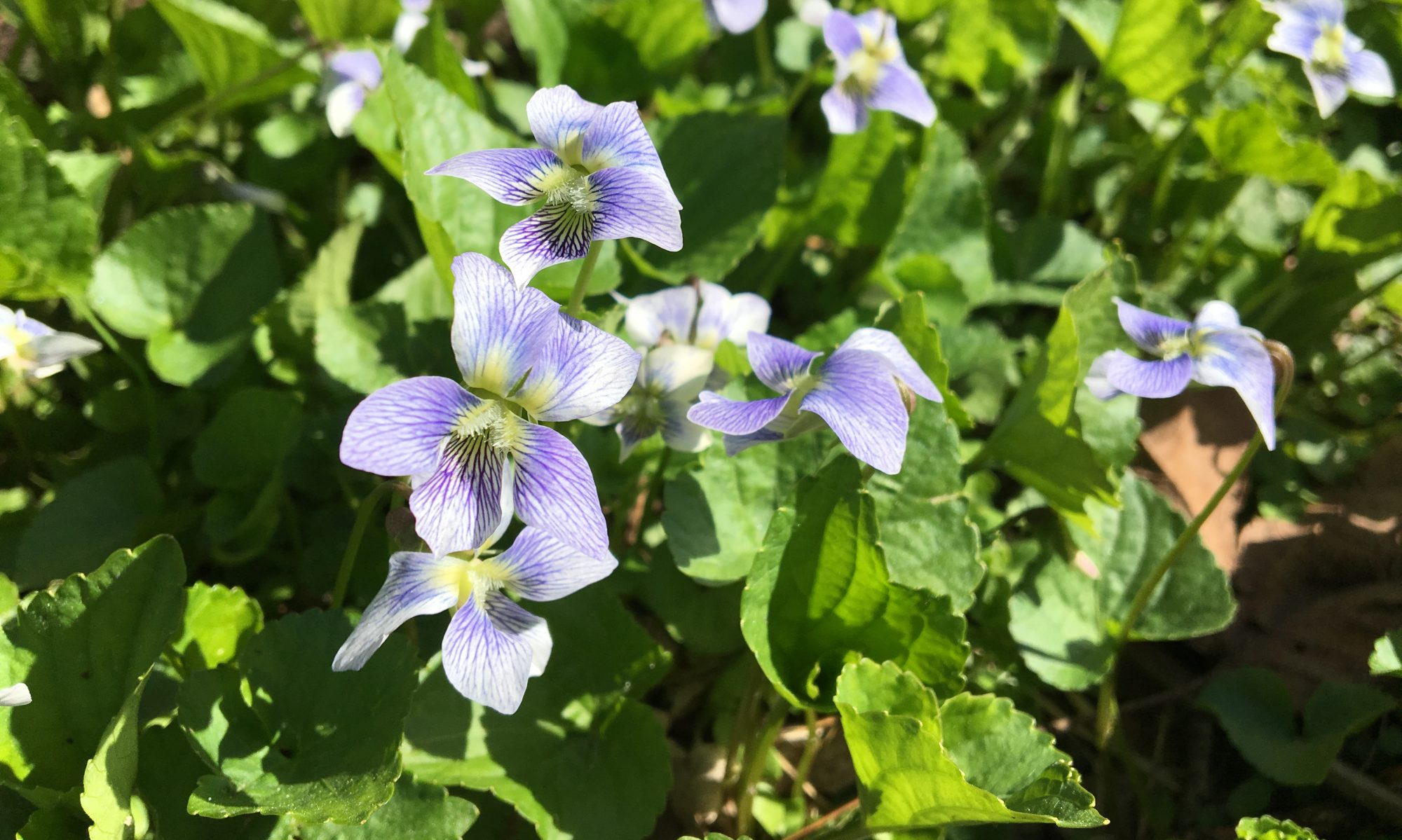General Garden Care
Plant warm-season flowering annuals, vines, herbs, and vegetables after the Chicago area’s average last frost date of May 15. Cautious gardeners often wait until Memorial Day before setting out cold-sensitive plants such as tomatoes, peppers, eggplants, and squash. Pinch back one-third of new growth to encourage stocky habit (except vines). Be sure newly purchased annuals have been hardened off properly before planting outside. Avoid fertilizing newly planted annuals for two weeks. Continue to plant new perennials, ornamental grasses, and roses in containers. Provide a gentle water drip for migrating birds.
Indoor Plant Care
Gradually move houseplants outside to protected areas. Guard against overexposure to afternoon sun. Carefully monitor for insects during their time spent in the garden. Overwintered tender annuals or tropicals (e.g., hibiscus, gardenia, geranium) may be pruned, fertilized, and taken outside once night temperatures reach 40 degrees. Amaryllis bulbs (in their pots) can be moved to a protected spot in the garden where they receive morning sun. Fertilize twice a month with a dilute 15-30-15 mix.
Annual and Perennial Care
Stake tall perennials before they reach 6 inches. Begin to regularly pinch back fall-blooming perennials such as chrysanthemums, asters and tall sedums. Pinch once a week until the middle of July. This promotes stocky growth. Direct the growth of perennial vines on their supports. Climbing roses should be encouraged to develop lateral, flower-bearing canes. Cage or provide support for peony blossoms when 10 inches tall. Let spring bulb foliage yellow and wither before removing it. The leaves manufacture food that is stored in the bulb for next year’s growth. Even braiding the foliage of daffodils can reduce the food production of the leaves. Water regularly. Plant tender water lilies and lotus when the water temperature is over 65 degrees. Plant summer- and fall-flowering bulbs such as Asiatic and Oriental lilies, dahlias, peacock orchids (Acidanthera), cannas, tuberous begonias, caladium, crocosmia, freesia, gladioli, montbretia, and calla lilies.
Fruit, Vegetable, and Herb Care
Plant corn, snap beans, summer squash, and New Zealand spinach in mid-May. Thin carrots, beets, and late lettuce. Harvest green onions, lettuce, and radishes. Any of the mesclun mix or cut-and-come-again lettuces can be harvested to a few inches three separate times before the plants have exhausted themselves. Spread several inches of aged compost on vegetable and herb beds, if not done yet.
Rose Care
Fertilize roses with a liquid 20-20-20 solution when flower buds are set.Monitor roses for insects and diseases. Check daily for black spot, especially in wet weather. Wait until leaves have dried before removing them and spraying. Monitor roses for rose slugs (small white caterpillars with black heads) and their damage (tissue-like patches on the leaves).Succulent new green growth is particularly susceptible to aphid attack. Spray a strong stream of water on damaged foliage to remove pests.
Tree and Shrub Care
Trees and shrubs, including balled and burlapped evergreens, can still be planted this month. Prune spring-flowering shrubs and ornamental trees immediately after they bloom. These include forsythia, viburnum, lilac, small magnolias, rhododendrons, and azaleas. Prune to the ground old canes of forsythia and lilac. Alternative time to do renovation pruning is in late winter when plants are dormant. Deadhead (or lightly prune) spent lilac blossoms to increase flower production. Avoid fertilizer with excessive nitrogen; it can encourage foliage at the expense of flower production. Gently pull off dried flowers of azaleas and rhododendrons. New sticky shoots are located at the base of these flower trusses. Take care not to break these shoots when removing flowers. To increase flower production for the following year, pinch off one-half of this new green growth when it is at least one inch in length.
